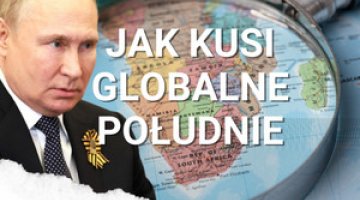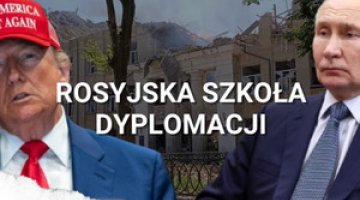Russia is threatening to respond to the US missile shield in Europe
On 23 November, President Dmitry Medvedev issued a statement in which he accused the United States and other NATO member states of a lack of readiness to consider Russian proposals regarding the missile defence. While emphasising Russia’s readiness for dialogue and compromise, President Medvedev at the same time warned they would take action as a Russian response. These would include: launching an early-warning station in Kaliningrad; reinforcing the defence of the Russian nuclear forces as part of the air and space defence being created; strengthening Russia’s offensive nuclear potential, with a focus on breaking missile defence systems; and preparing ways for incapacitating communication and command systems of the missile shield. Should such measures prove to be insufficient, President Medvedev said they would deploy missile systems in the western and southern parts of Russia with a potential to destroy elements of the European missile defence system (including deployment of Iskander type missiles in the Kaliningrad oblast). Furthermore, Medvedev stated that in case the situation develops in an unfavourable way for Russia, Moscow will feel free to give up co-operation as part of arms control and disarmament, including withdrawal from the new START treaty.
Commentary
- The statement by President Medvedev, who is to step down in May 2012, the toughest since 2009, is a manifestation of Russia’s helplessness about the US plans for the deployment of the missile defence system in Europe. Russia wants to restrict the actual impact of the system by either co-managing it or imposing technical parameters to limit the scope of its operation. Additionally, Russia has been making efforts to convince the USA to withdraw from the deployment of elements of the shield in Romania and Poland. Meanwhile the USA and NATO have rejected the Russian proposal for building a common sectoral missile defence system and do not intend to give Moscow legal guarantees that the shield will not be aimed against Russia. Over the past few weeks the USA has more firmly reinstated its negative stance, declaring its readiness to accept a political statement on this issue at the most.
- The moves announced by President Medvedev are primarily defensive and are not aimed at neutralising the military consequences of the missile defence system under construction. Furthermore, a clear majority of these moves (such as the deployment of the missile systems or the launch of the early warning station) are elements of the modernisation of the Russian armed forces, which have been planned and are being implemented anyway. References to the shield are merely another excuse for these moves.
- The Russian rhetoric is aimed at putting pressure on the Barack Obama administration to give more respect to Russian interests in its policy. Elements of this pressure may include impeding further US actions with regard to Iran and Syria at the UN forum, and even establishing closer co-operation between Russia and Iran. It cannot be ruled out that Moscow is already giving signs of its intention to break off the NATO-Russia summit scheduled for May 2012 (in connection with the NATO summit in Chicago). Further steps (such as the threat of withdrawing from the new START treaty) constitute the threat of an escalation in political tension in relations with the USA and a withdrawal from the reset in Russian-US relations, which has become a symbol of the success of the present US administration in foreign policy.





